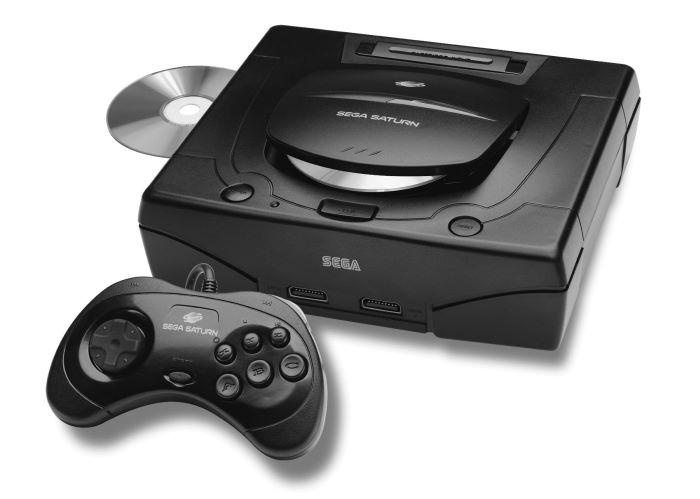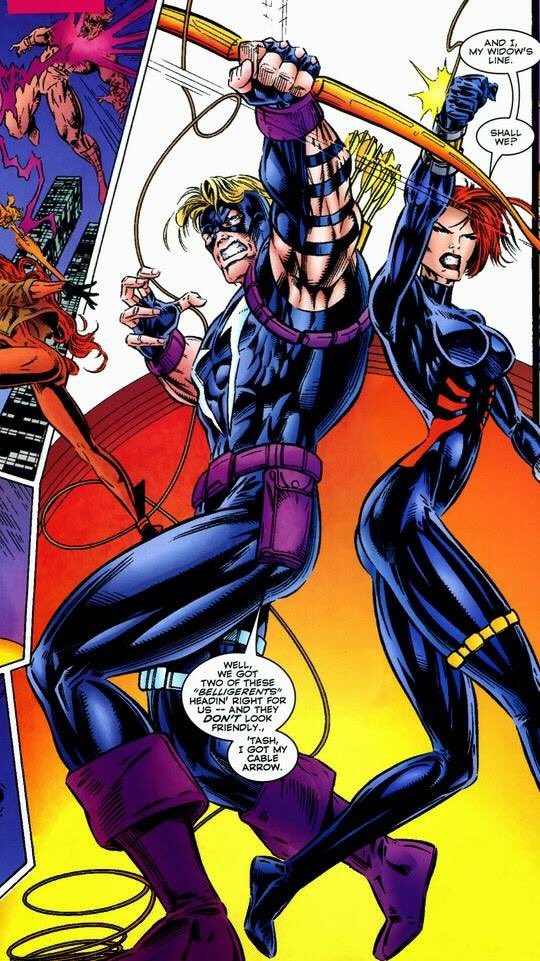(OOC: Two updates in one day? I'm on fire, but hopefully no one will be out for my blood after this one.)
Marvel’s Avengers had been a house divided for two years, split between Captain America’s idealism and Iron Man’s increasingly brutal pragmatism. However, it would take a murder and a shocking betrayal to bring both factions together. The story began shortly after Cataclysm’s end where Natasha Romanov, better known as Black Widow of Force Works, is fleeing from an industrial complex with her pursuer on her heels. The reader only sees a shadow, but it’s implied that she is familiar with them before said pursuer murders her in cold blood.
The murder draws the attention of both the Avengers and Force Works, who agree to put old animosities aside to solve the Widow’s murder. However, Tony Stark soon comes forth with new evidence that the murderer is the Widow’s former partner and longtime Avenger: Hawkeye. What follows is a massive manhunt for the archer, which turns into a race as Iron Man is unusually obsessed with bringing him to justice. Cap ultimately confronts and corners Hawkeye, who claims his innocence but cannot account for his whereabouts. Captain America believes him, but Iron Man arrives to arrest Hawkeye before he could escape.
It is during Hawkeye’s trial that Tony Stark reveals footage of Hawkeye killing Black Widow, ensuring a guilty verdict. However, Captain America brings in Professor Charles Xavier to an imprisoned Hawkeye before sentencing. Professor X confirms that Hawkeye’s mind had been tampered with, suggesting that he had been brainwashed. A mysterious figure soon approaches Cap with evidence that could exonerate him: Rita DeMara AKA the second Yellowjacket, who returned from Earth-691.
DeMara reveals the true murderer of Black Widow: Tony Stark himself, who had brainwashed Hawkeye to kill her because she discovered a horrifying secret and was defecting to the Avengers. That secret is that the armored avenger had been (apparently) working with Kang to destroy the Avengers for an unknown length of time. Stark flees, but leaves both the Avengers and Force Works in disarray. This gives Kang an opportunity to crush the hated Avengers while the team is at its weakest, starting the Forever War.
Some fans deemed Forever War convoluted, even by comic book standards, as it was not Kang but his future counterpart Immortus that was responsible for Iron Man’s fall (he had been disguised as Kang.) He had been controlling Iron Man via the microchip that had allowed him to walk after Kathy Dare had shot him [1]. Then he manipulated his younger self into attacking the Avengers, which incenses Kang, whose armies attack Immortus’ with the 20th century and the Avengers trapped in the middle.
However, Tony Stark regains control of his actions and is horrified by the atrocities Immortus manipulated him into committing. He chooses to sacrifice himself to send Kang and Immortus’ armies back as penance and hopefully earn a degree of redemption. While successful, the broken remains of the Avengers and Force Works come together as one team, but it’s a bittersweet reunion as two of their own are dead.
Forever War was a controversial storyline to say the least, but controversy sold in this instance as the Avengers titles and the tie-in issues shot to the top of sales charts. Many fans were vocal in their displeasure of how they turned one of the company’s most iconic characters outright villainous. Yet a smaller, but equally vocal contingent liked it because it shook up the calcified status quo. Indeed, the storyline renewed interest in Marvel’s Avengers line--particularly Iron Man, which Dan Abnett and Andy Lanning jumped on with the story arc, “Singularity.”
[1] Iron Man (vol. 1) #242

